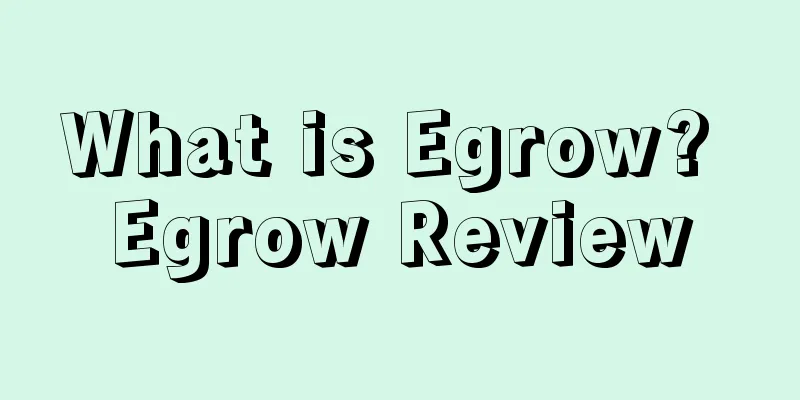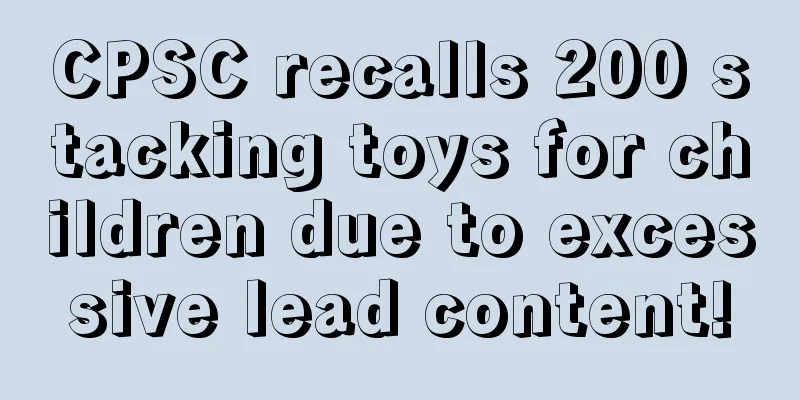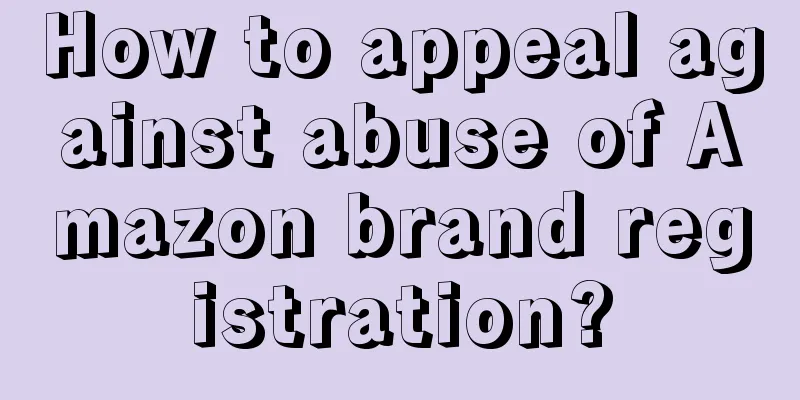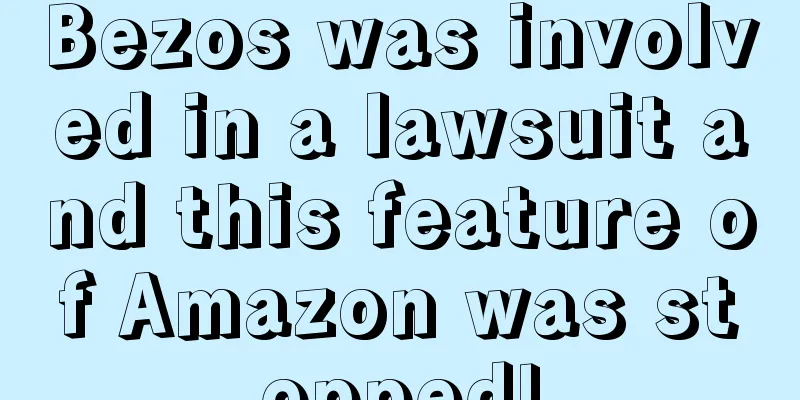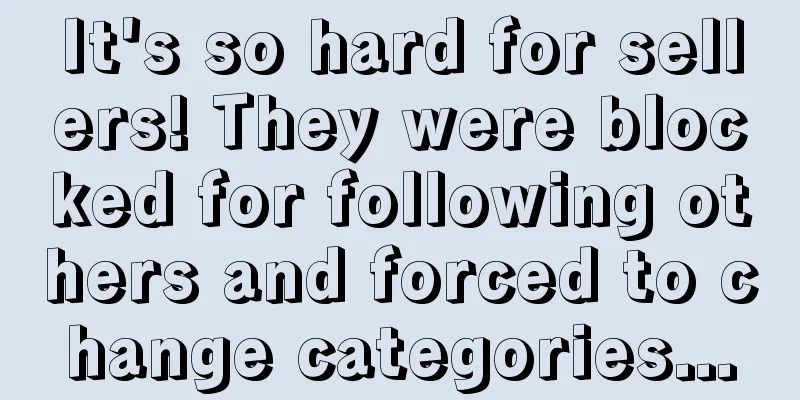Big news this week! FBA fees have increased across the board, and new labeling rules have been announced!
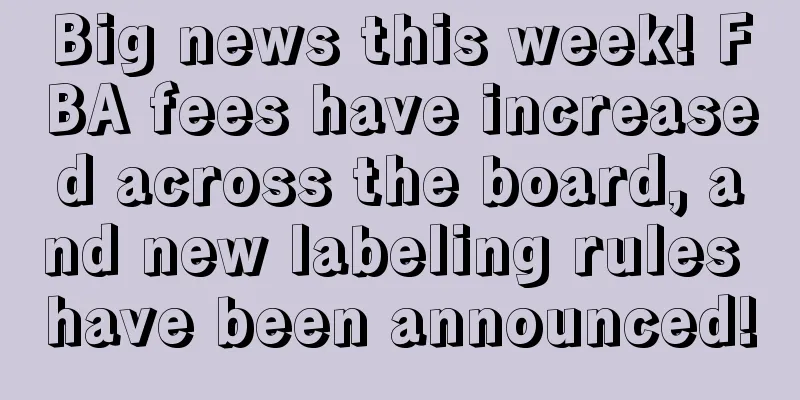
|
On December 24, China's Ministry of Finance notified on Monday that starting from January 1, 2020, my country will implement temporary import tariffs lower than the most-favored-nation rates on more than 850 commodities. In addition, in order to promote the high-quality development of the joint construction of the "Belt and Road", build a global high-standard free trade zone network, and implement a mutually beneficial and win-win opening-up strategy, my country will continue to implement the agreed tariff rates on some goods originating from 23 countries or regions in 2020. Among them, the free trade agreements between China and New Zealand, Peru, Costa Rica, Switzerland, Iceland, Singapore, Australia, South Korea, Georgia, Chile, Pakistan and the Asia-Pacific Trade Agreement will be further reduced. The Project Zero policy is an anti-counterfeiting policy launched by Amazon on February 28 this year. It was only partially tested internally at the time, but now it is finally fully open! Project Zero combines product data, machine learning, and serialization to scan and discover counterfeit products lurking on the platform and preemptively remove them. Functional Description Project Zero Automatic Protections: By leveraging Amazon’s machine learning and product data provided by brands, Automatic Protections scans 5 billion listings per day to detect and remove suspicious products. Project Zero self-help anti-counterfeiting feature: Brands can now remove flagged counterfeit and substandard product listings without contacting Amazon . Project Zero product serialization function: Brands participating in the Project Zero project will now use this function to generate a unique code for each of their products. Brands can print or stick the code on the product packaging. When the product enters the Amazon warehouse, Amazon will ensure the authenticity of the product by scanning this code, and the data will be entered into Amazon's automatic protection system. On December 24, some sellers received a notice from Amazon stating that from today onwards, the shipping label for shipments to FBA and the label of the freight company (such as UPS, Fedex) must be affixed on the same side.
The editor also saw a freight forwarder post this message in the circle of friends:
Previously, Amazon sellers simply affixed Amazon labels and express labels on packages. However, for Amazon warehouses, it will be more difficult to match express numbers with FBA IDs, further reducing logistics efficiency. At present, Amazon has not given a clear implementation time for this change. However, to be on the safe side, in order to avoid rejection and unnecessary trouble, sellers are currently advised to try their best to affix labels in accordance with the new regulations. Recently, Amazon stated in its latest announcement that starting from February 18, 2020, there will be partial adjustments to Amazon’s logistics fees and sales commissions in the United States. Original translation: This year, we invested more than $15 billion to improve our infrastructure, service plans, and expand staffing, and launched more than 150 new tools and services to help our sellers better grow their brands and businesses. We’ve also invested billions of dollars to expand free next-day delivery to over 10 million Prime-eligible products. We are thrilled with the response from our mutual customers. Thank you for your continued innovation in providing our customers with unique selections and low prices. Driven by Free One-Day Shipping, this is our largest one-year investment ever in Fulfillment by Amazon. However, in 2020, we will increase delivery fees slightly (approximately 3%), which is lower than the industry average. Because we remain committed to your continued success, we’re also reducing some sales commissions and introducing exciting new selections. These changes will take effect on February 18, 2020, unless otherwise stated. Recently, Amazon announced the launch of the Subscribe & Save program. When buyers purchase 5 or more related products at one time, they can enjoy an automatic 5% discount from Amazon's official subsidies. Starting from December 18, 2019, all eligible products will be automatically registered for the program. Prior to this, sellers who want to participate in this program need to manually register products. In fact, the Subscribe and Save program was launched a long time ago. It is mainly a scheduled purchase and delivery service for daily consumables such as food and toiletries on the platform. Amazon aims to help platform sellers increase transaction rates, promote repeat purchases of daily necessities and develop their brands through this program. This time, it announced that product registration for the program no longer needs to be done manually, and all eligible products will be automatically registered, which will further expand the scope of products covered by the program. At the same time, the start time of December 18 is just one week before the Christmas promotion. Amazon's intention to support the Christmas promotion through the official subsidies of the program is self-evident. |
<<: Reviews are dead! Just now, Amazon officially announced...
Recommend
Warning! Warning! Amazon is strictly investigating this type of review invitation method!
Amazon sellers all know how important reviews are...
Bankruptcy! Running away! Unscrupulous service providers causing sellers to be banned?
▶ Video account attention cross-border navigationA...
DHL's freight rates will increase by 7.9% in 2023, exceeding UPS and FedEx!
It is learned that DHL, the international express ...
What is Wish Yellow Diamond? Wish Yellow Diamond Review
Wish Yellow Diamond Products (promotional products...
What is Instacart? Instacart Review
Instacart is a fresh grocery delivery service prov...
What is Osell.com? Osell.com Review
Osell was founded in March 2010. It is one of the ...
Why have Amazon influencer videos become an important traffic breakthrough for sellers this year?
As Amazon's on-site advertising becomes incre...
Report on the consumption of beauty and skin care products among young people in the United States: Demand for cosmetics has increased significantly
It is learned that on April 14, PiperSandler relea...
Has Amazon's algorithm been updated recently? A large number of keywords have disappeared. The current reliable approach should be: based on the actual situation, keep the sales weight...
Anonymous user My C position Combining my own expe...
What is Tinh Tinh? Tinh Tinh Review
Tinh Tinh is an e-commerce platform launched by Ca...
What is Visual Marketing Index? Visual Marketing Index Review
Visual Marketing index is a very unique tool for m...
Amazon's peak season storage fees are doubled! Balance becomes negative...
Black Friday and Cyber Monday are coming, and ev...
I am nearly 30 years old, unmarried and childless. My current career status has been stagnant and my performance is at risk of further decline. How can I improve myself without any resources?
Note: The content published on the official accoun...
The difference is 100 million points! Youkeshu is involved in a lawsuit, and Huakai Yibai's net profit has increased significantly!
As the market gradually matures, the cross-border ...
More than 18,000 Temu baby carriers are urgently recalled for violating safety regulations
It is learned that the US Consumer Product Safety ...


